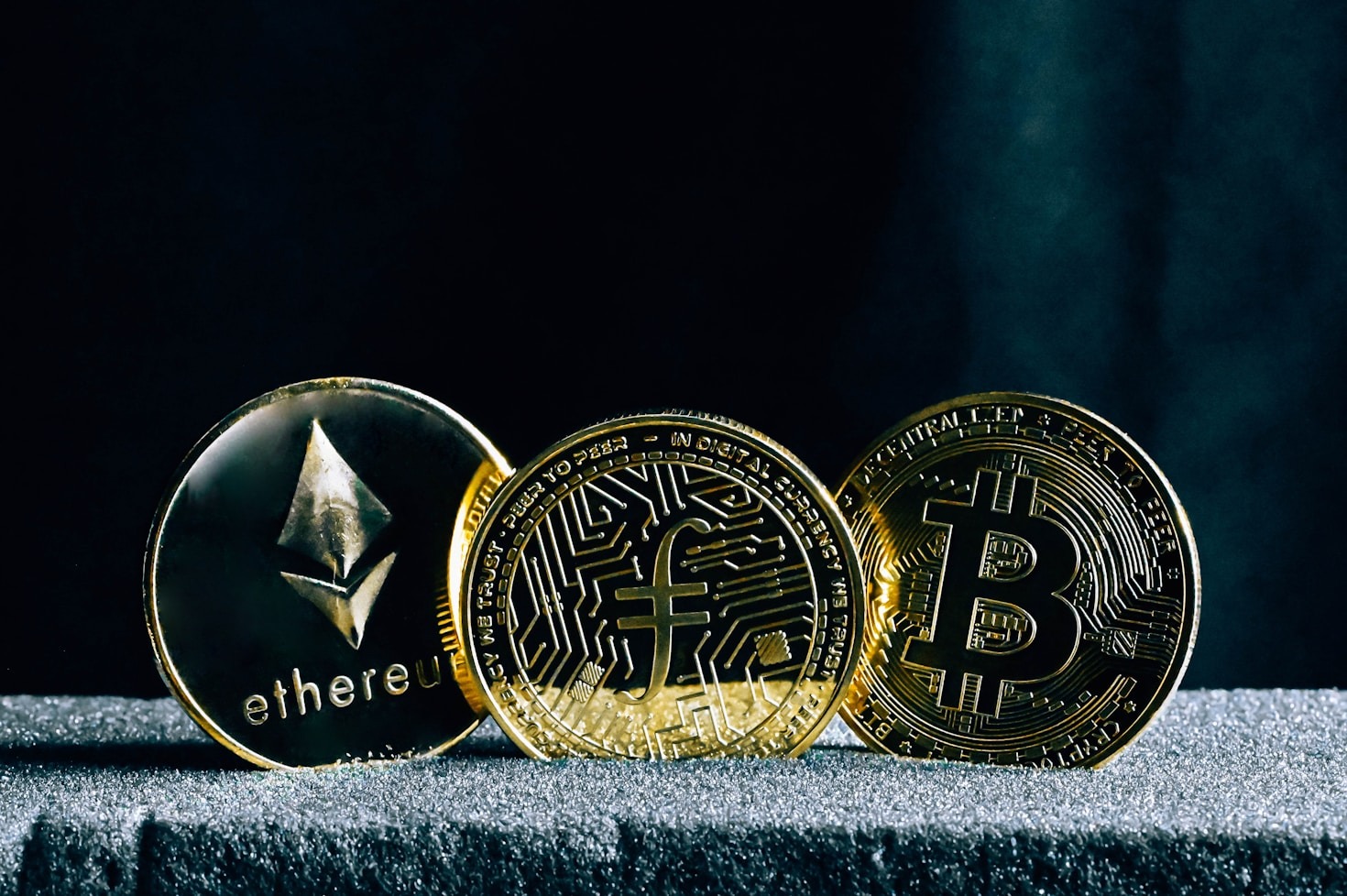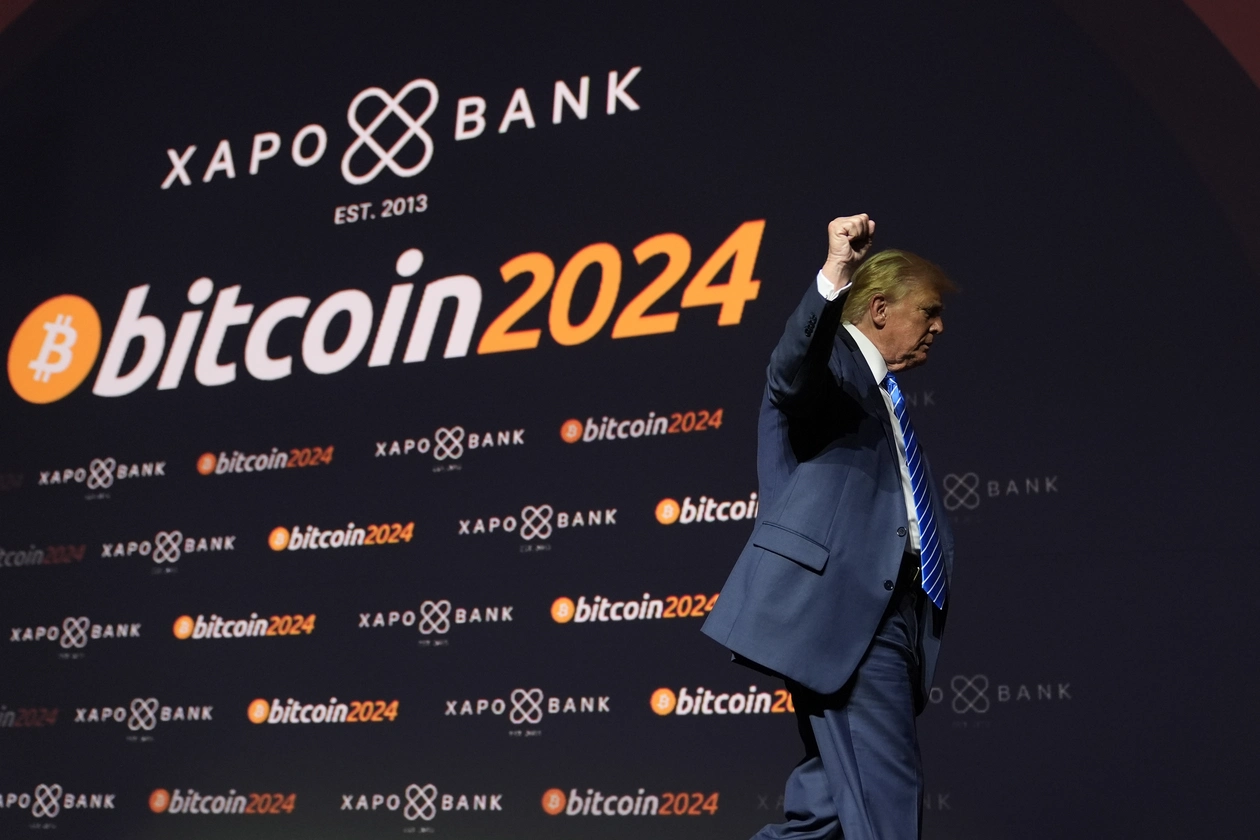
For millennia, gold has defied the odds. Despite lacking intrinsic utility (you can’t eat it or power machinery with it), it became humanity’s universal store of value, a hedge against inflation, and a symbol of wealth. Its scarcity, durability, and cultural resonance allowed it to outlast empires, currencies, and economic crises. Now, Bitcoin—a digital asset born in 2009—is vying for a similar role in the modern era. But can it truly follow in gold’s footsteps, or will it remain a speculative outlier? Let’s explore the parallels, challenges, and possibilities.
Gold’s “Impossible” Legacy
Gold’s success hinges on three pillars:
- Scarcity: Earth’s finite supply (only ~3% mined annually) ensures long-term value retention.
- Trust: Universally recognized across cultures and governments, even in crises.
- Inflation Resistance: Central banks can’t print gold, making it a hedge against fiat debasement.
These traits helped gold survive the rise of fiat currencies, stock markets, and digital payments. But its physicality limits its utility in a digitized world.
Bitcoin: The Digital Challenger
Bitcoin shares gold’s scarcity (capped at 21 million coins) but adds unique advantages:
- Portability: Transfer billions globally in minutes, without vaults or armored trucks.
- Programmability: Smart contracts, decentralized finance (DeFi), and lightning-fast transactions.
- Censorship Resistance: No government or institution can seize or freeze it.
By 2025, Bitcoin has gained traction as “digital gold,” with institutions like BlackRock and Fidelity offering Bitcoin ETFs, and nations like El Salvador adopting it as legal tender. Yet skeptics question its volatility, energy use, and regulatory risks.
Can Bitcoin Achieve the “Impossible”?
Several factors will determine Bitcoin’s trajectory:
1. Institutional Adoption
Gold’s credibility grew with central bank reserves and ETFs. Similarly, Bitcoin’s 2024 halving and ETF approvals (post-2023) have drawn institutional capital. If pension funds and corporations allocate even 1–5% of portfolios to Bitcoin, its market cap could rival gold’s (14trillionvs.Bitcoin’s 14trillionvs.Bitcoin’s 1 trillion in 2023).
2. Regulatory Clarity
Governments are torn between embracing innovation and curtaining decentralization. The EU’s MiCA framework and U.S. spot ETF approvals signal growing legitimacy, but harsh regulations (e.g., China’s 2021 ban) remain a risk.
3. Technological Evolution
Bitcoin must scale without compromising security. Innovations like the Lightning Network (for instant payments) and Taproot (for privacy) are critical. Layer-2 solutions could make Bitcoin a practical medium of exchange, not just a store of value.
4. Macroeconomic Trends
Inflation, debt crises, and currency devaluations (e.g., Argentina, Turkey) drive demand for alternatives. Bitcoin’s fixed supply and decentralization position it as a hedge, much like gold in the 1970s.
5. Cultural Shift
Younger generations favor digital assets over physical gold. By 2025, 40% of millennials and Gen Z reportedly own crypto, signaling a generational shift in wealth storage.
The Roadblocks
Bitcoin’s path is far from smooth:
- Volatility: Sharp price swings deter everyday use as a currency.
- Energy Debates: While Bitcoin mining increasingly uses renewables (estimated 50%+ by 2023), critics still target its carbon footprint.
- Competition: Ethereum, Solana, and CBDCs vie for relevance in the digital asset space.
Verdict: Bitcoin’s Ascent Is Inevitable—But Different
Bitcoin won’t replace gold. Instead, it’s carving a parallel path as a 21st-century store of value. Key milestones suggest it’s on track:
- Scarcity Premium: Post-2024 halving, Bitcoin’s inflation rate (0.8%) will dip below gold’s (~1–2%).
- Global Crises: Ukraine’s Bitcoin adoption during war and Argentina’s crypto embrace highlight its crisis utility.
- Technological Maturity: Improved scalability and user experience could onboard billions.
Gold’s legacy took centuries to build; Bitcoin’s is unfolding in decades. While it may never replicate gold’s universal tangibility, its digital-native advantages could make it the defining asset of the digital age.
Conclusion
Gold’s “impossible” status was earned through endurance, scarcity, and trust. Bitcoin is writing its own story—one of code, decentralization, and borderless value. By 2030, it may not be “the next gold,” but rather something entirely new: a hybrid of money, technology, and global consensus.
As macro uncertainty grows and digitization accelerates, betting against Bitcoin’s potential seems riskier than betting on it. The future of value storage is evolving—and it’s programmable.
💡 The question isn’t whether Bitcoin will replace gold, but whether humanity needs both in an era of digital transformation.








